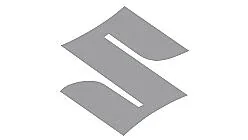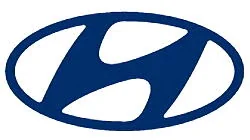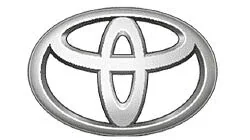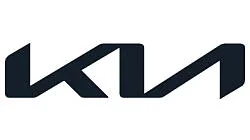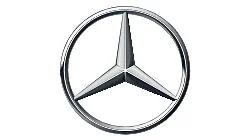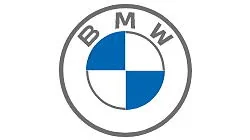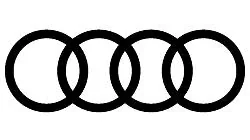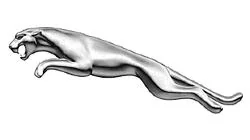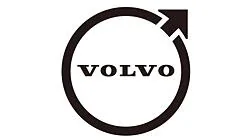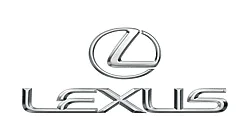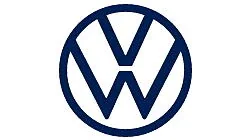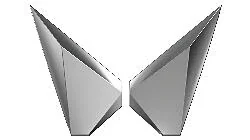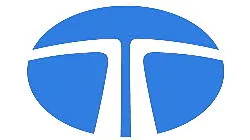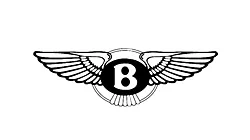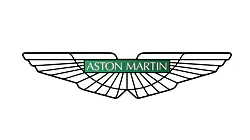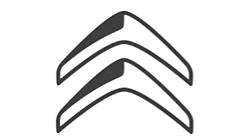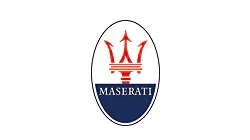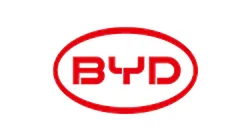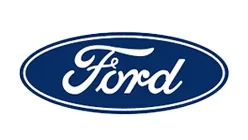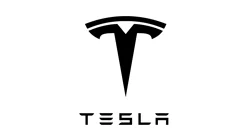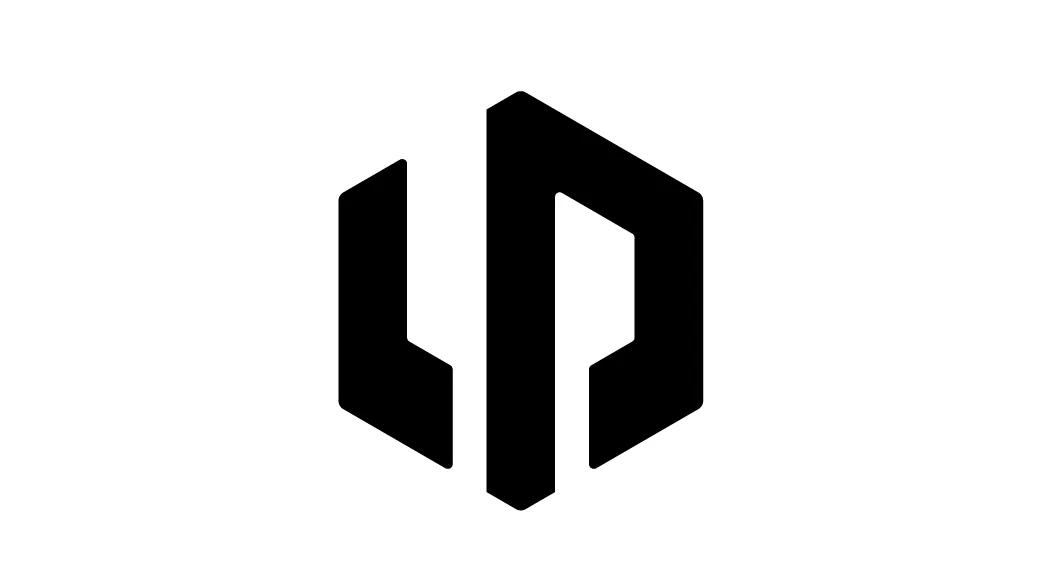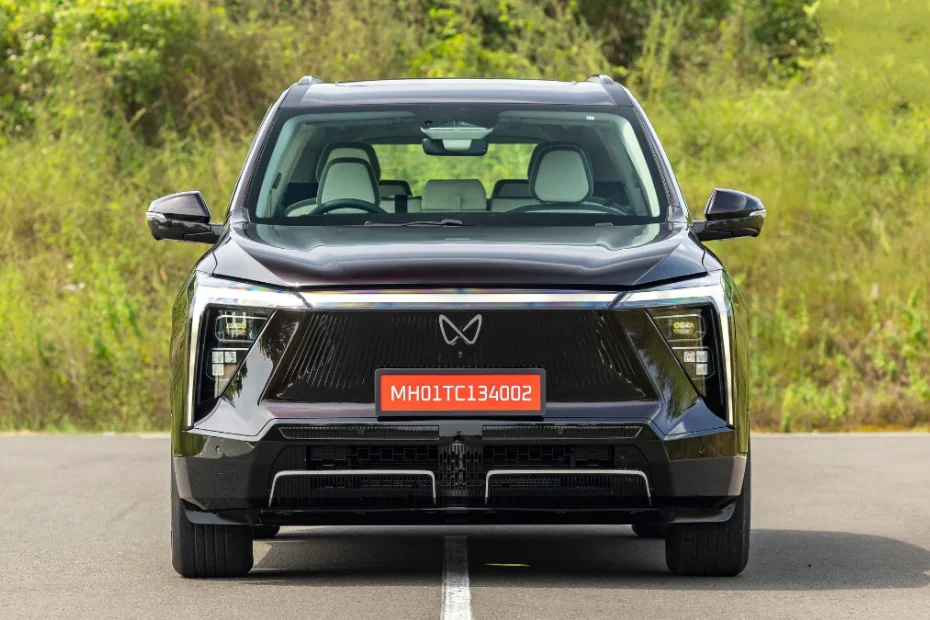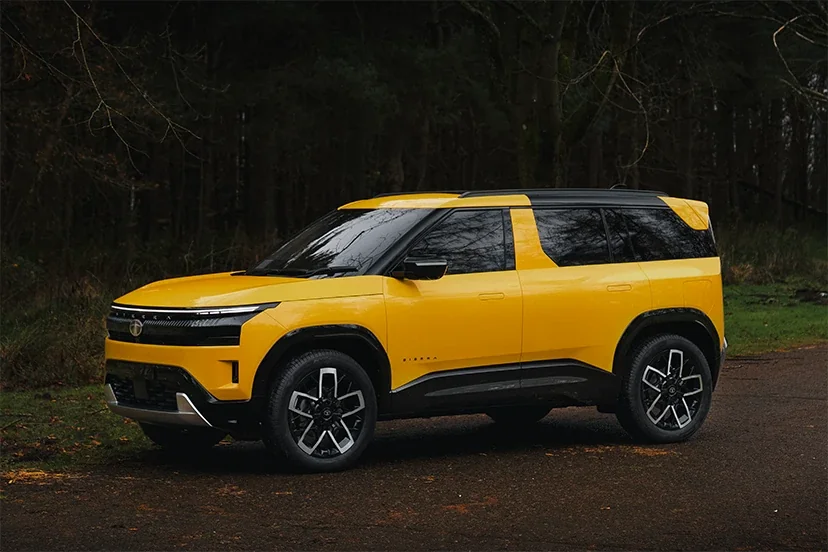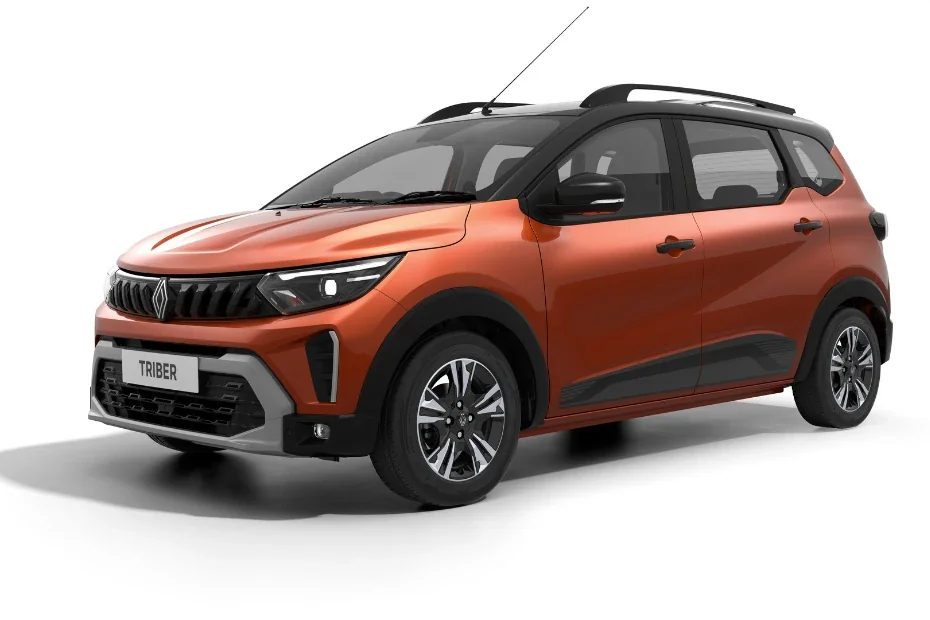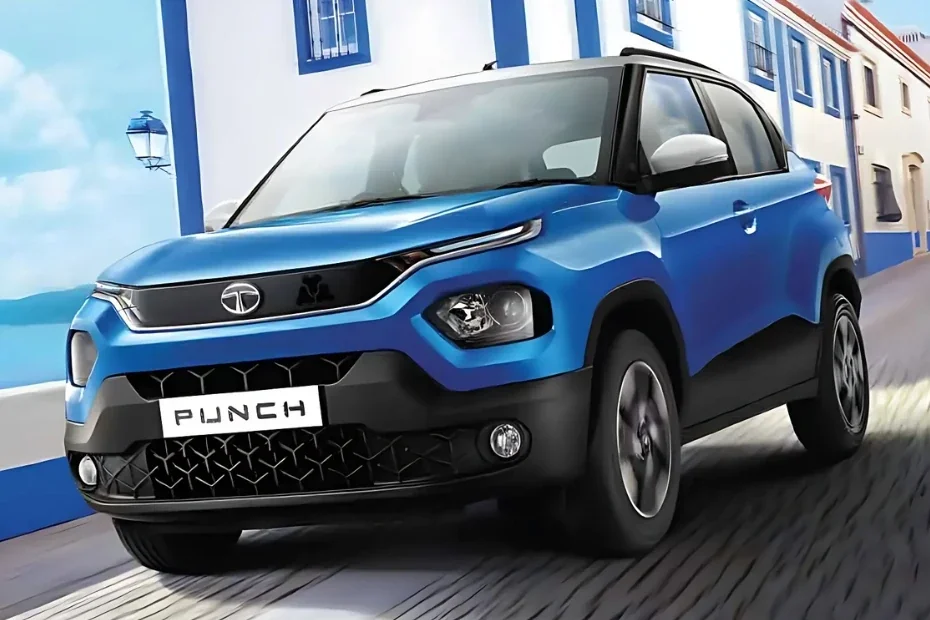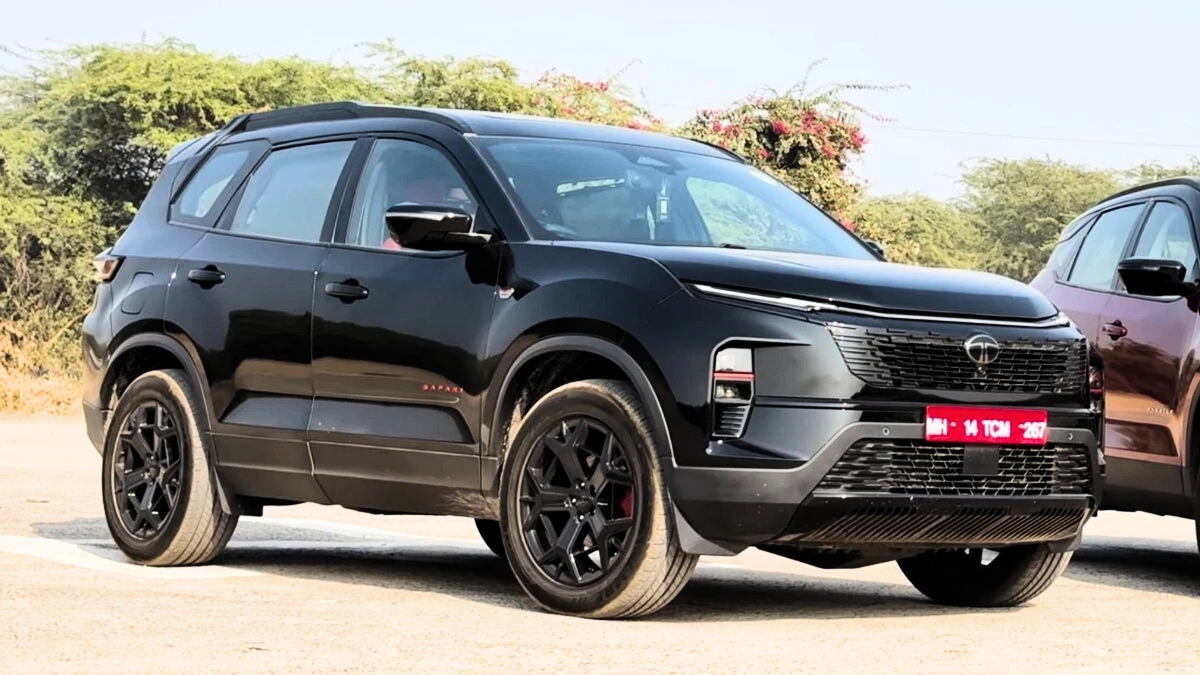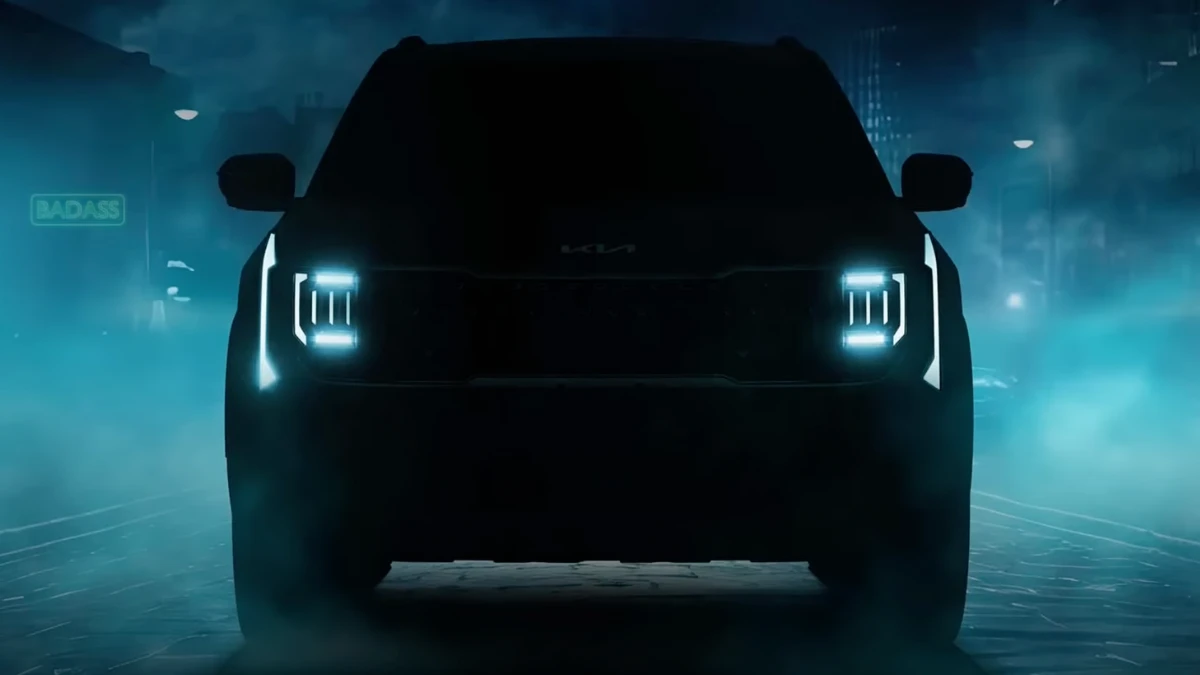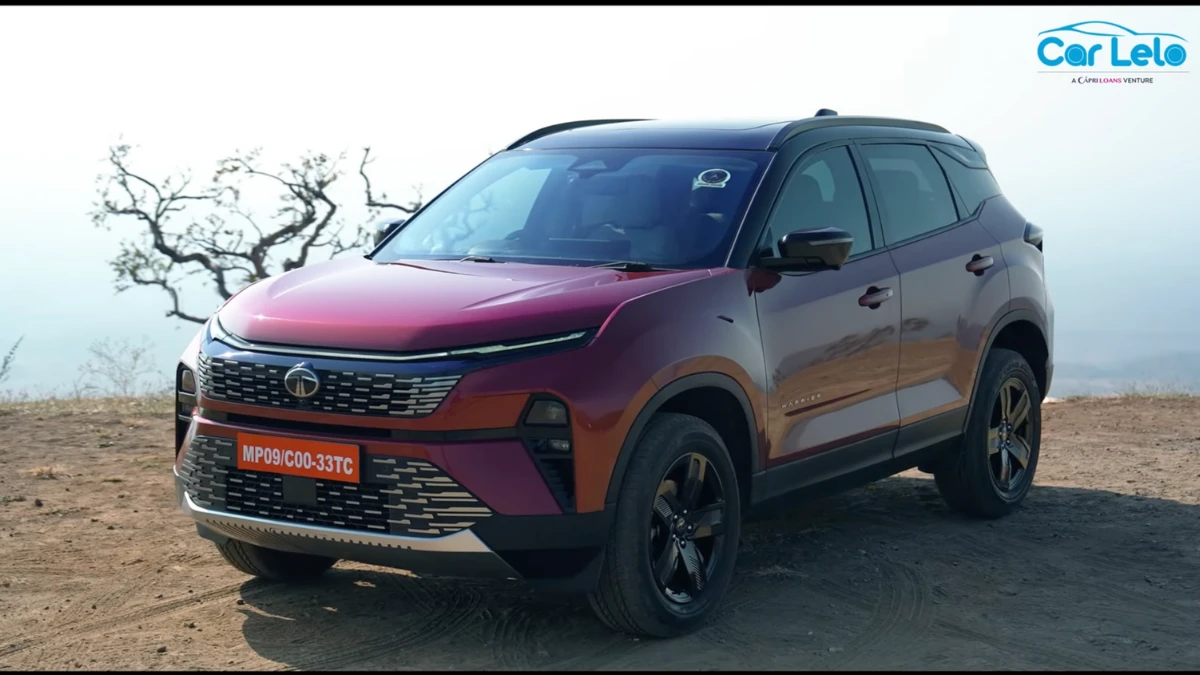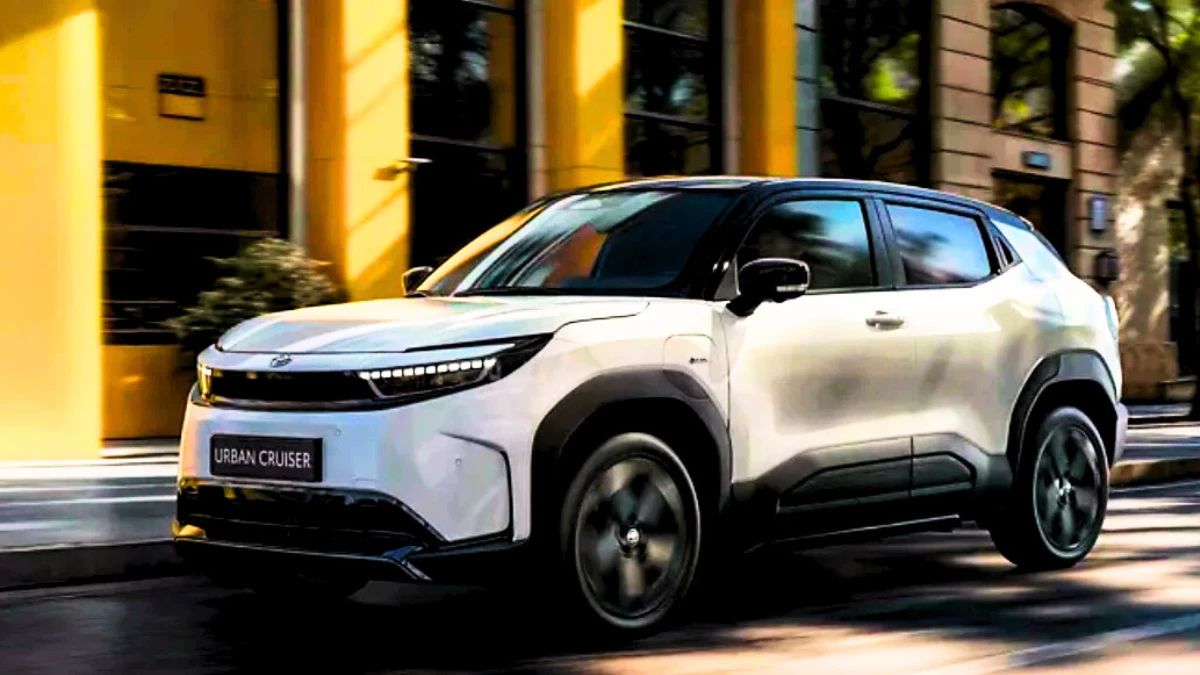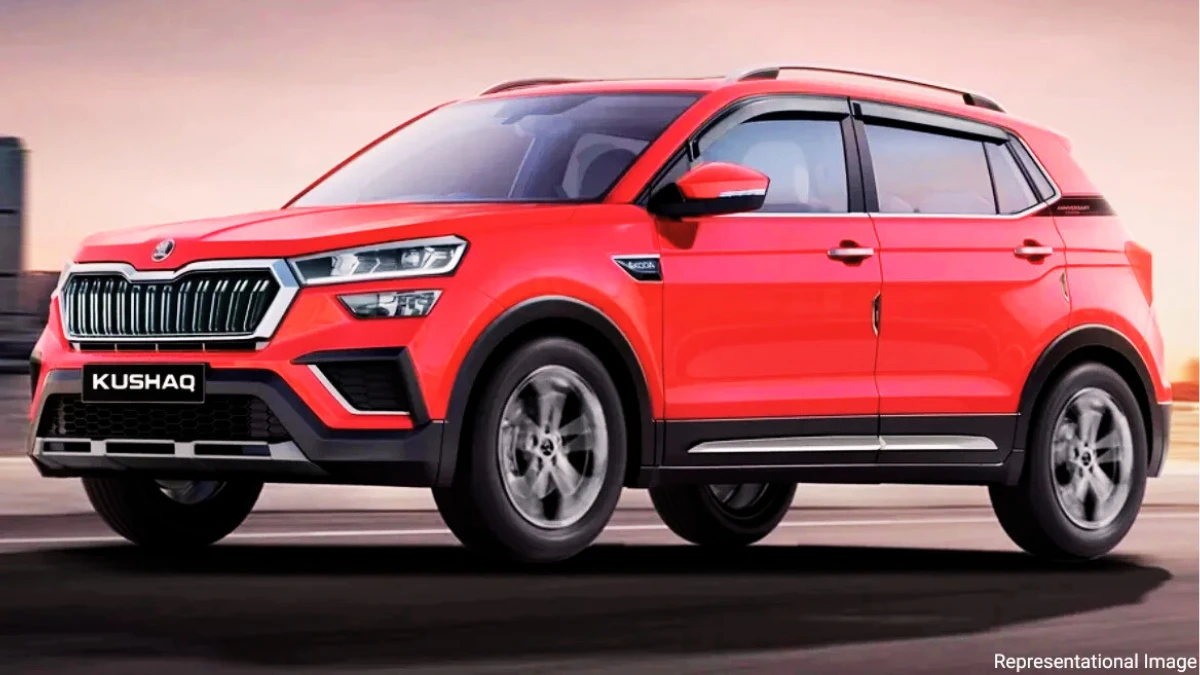
Tata Motors has again amazed the auto world with the power of its new Curvv compact SUV. With the Curvv Hyperion petrol engine variant launch, Tata has shown the car's power and performance in a mind-boggling stunt. The Curvv was able to tow a Boeing 737, weighing 48,000 kg, a feat that set a new benchmark for what can be achieved with a compact SUV.
How Did Tata Curvv Pull This Off?

Earlier, Tata Curvv had towed three trucks weighing a combined weight of 42,000 kg. Now, after the latest accomplishment, it has towed a Boeing 737 aircraft, weighing 48,000 kg, with fuel loaded. This stunning feat was carried out at the AIESL Hangar in Thiruvananthapuram. Tata Motors employed the Curvv's Hyperion 1.2-litre GDI engine and demonstrated the capability of the ATLAS platform on which the car is built. It was towed for a distance of 100 meters, and the activity was formally certified by the India Book of Records.
Why Does Tata Curvv's Performance Stand Out?
The Curvv did this humongous achievement with a 1.2-litre turbo petrol motor, producing 123.29 bhp and 225 Nm of torque. This is no mean feat given that the Curvv's engine is smaller and less powerful than Tata Hexa's engine, which had towed a Boeing 737-800. The Hexa was fitted with a 2.2-litre turbo diesel motor and a heavy-duty ladder-frame chassis. For comparison, the Curvv's achievement proves how advanced the engineering has gotten in strength and durability in vehicles today.
That the car could tow such an enormous weight attests to the high Factor of Safety (FOS) inherent in the ATLAS platform. The monocoque platform in the Curvv is light in weight but adequate in strength to support towing a plane.
How Does the Curvv Compare to a Typical Airplane Tug?

A plane tug truck used to pull aircraft in an airport typically has between 70 to 100 horsepower, with between 220 to 300 Nm torque. As an example, the Eagle XM-20/30 tug, used to pull a Boeing 737, uses a Cummins QSF 2.8 engine capable of about 74 hp and 300 Nm torque. In comparison, Curvv's 1.2-litre motor with 225 Nm of torque is towing an equivalent payload, though somewhat different in terms of capability.
Surprisingly, the amount of force needed to pull a 48,000 kg Boeing 737 is much smaller than the weight of the aircraft. Most of the resistance comes from the rolling friction, which is insignificant, so it is easier to pull. The force required to pull the plane, with a rolling friction coefficient of about 0.02, would be about 9,400 N (the same as pulling a weight of about 960 kg).
What does this Stunt Imply for Tata Motors?

This show of strength and performance is a testament to Tata Motors' faith in the Curvv and its engineering. The Curvv, as a smaller car with a smaller engine compared to its predecessor, the Hexa, has shown that contemporary cars can deliver stunning results with proper design and technology. Tata Motors is still pushing limits and demonstrating the capabilities of their cars in ways that make them stand out from the competition.
Some of the critics have argued that while the stunt itself is spectacular, it could lead to unrealistic customer expectations. The Curvv's 1.2-litre motor, powerful though it may be, remains a compact motor, and its towing capacity may be impractical in normal driving situations. Tata Motors will most probably utilize this stunt to advertise the strength and potential of their automobiles.
Also Read: Toyota Land Cruiser Prado Spied in India, Set to Challenge Land Rover Defender
About Author
Kritika Dadhich, a skilled writer who seamlessly juggles her roles as a blogger and poet. With a deep love for cars and a talent for storytelling, she brings fresh insights and captivating narratives. Join her on an exciting journey through the world of automobiles.
Top Car Brands in India
Top Car Brands in India
Trending Car News in India
Trending Cars in India
Trusted Dealer
All Over India
Irresistible Offers
Stay Updated, Pay Less
Compare Cars
Choose the Right Car
Easy Finance
Multiple Finance Options

Monday - Saturday
10:00am - 6:30pm
+91 7947722777, +91 7479000444, +91 9311718549
contact@carlelo.com







